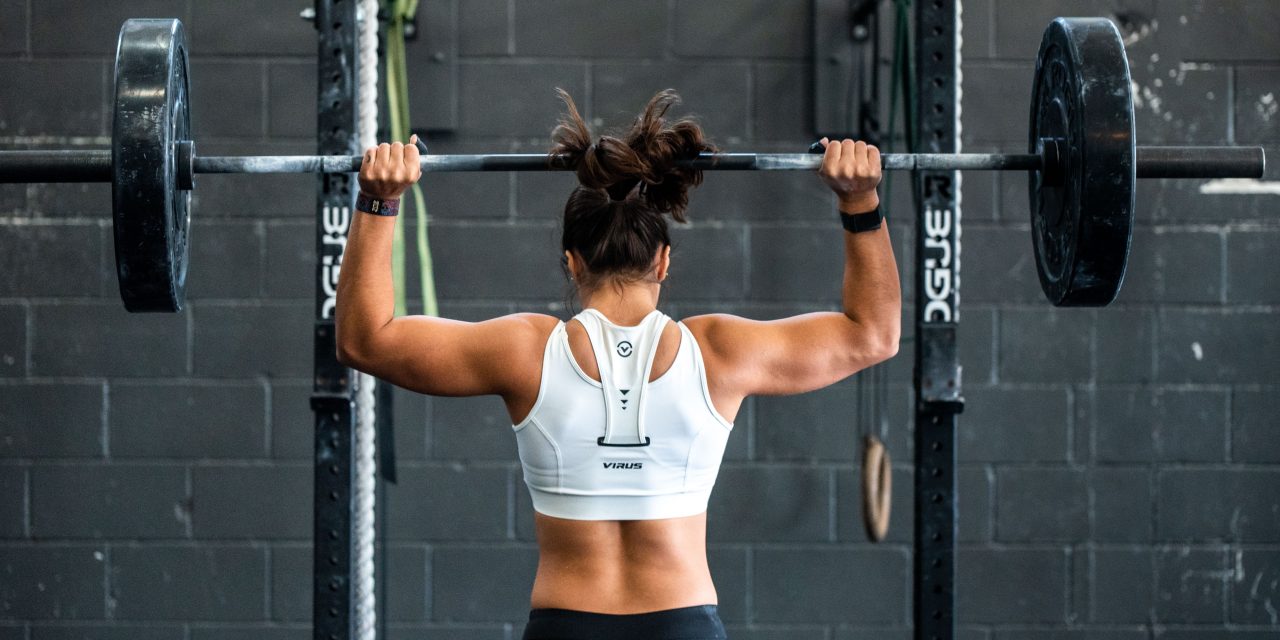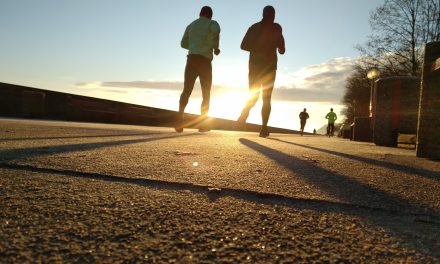Anytime you participate in sports, you could be at risk of an injury. Some sports injuries are minor, while others are more severe.
For example, one of the more severe types of sports injuries is a spinal cord injury. Spinal cord injuries can frequently occur when people are riding ATVs or bikes, they fall from trampolines or impact sports like ice hockey and football.
Boating accidents can also lead to spinal cord injuries, as can falls at construction sites, and motor vehicle accidents.
Of course, not all sports accidents and injuries are as severe as something related to the spinal cord.
The following are some of the most common sports injuries to be aware of.
Patellofemoral Syndrome

Most sports injuries involve lower-body injuries, such as knee injuries. One of the most common types of knee injuries is called patellofemoral syndrome.
Patellofemoral syndrome can be caused by slipping or falling onto the knees, or swelling of the knee joint. A muscular imbalance can also lead to this.
For someone with this type of injury, usually rest and ice and the most helpful to deal with pain and swelling.
Patellofemoral syndrome is also known as runner’s knee.
Another knee injury common in sports and recreation is an ACL tear. The ACL is a ligament that helps to stabilize your knee. You may develop an ACL tear if you quickly pivot or change directions while you’re running.
Shoulder Injuries
Shoulder injuries are wide-ranging and can include misalignment, dislocations and strains and sprains of the ligaments.
Our shoulder is our body’s weakest joint and during sports, it’s subjected to a lot of sport.
Some of the reasons that shoulder injuries occur include a lack of strength, stabilization, and flexibility.
If you overuse your shoulder muscle it can cause inflammation of the muscles, and if you want to prevent common shoulder injuries, you can consider strengthening and stretching exercises for all three heads of what are known as your deltoid muscles.
One specific and common type of shoulder injury is the rotator cuff injury, which is an area inside your shoulder. The rotator cuff helps your shoulder stay stable and also move. If you do repetitive actions like baseball, tennis or swimming, you may be at risk of developing a rotator cuff injury.
Shin Splints

Your shin is that front part of your lower leg and if this area gets inflamed, then you might develop an injury. Runners and basketball players most often get shin splints.
A shin splint is typically an acute injury that can go away with rest.
Sprains
A sprain occurs when you tear or stretch a ligament that’s located near your joint. Some of the common areas to experience a strain include a wrist, knee or ankle.
Sprains can be caused by falling, or they can occur when you experience a twisting motion in one of your susceptible joints.
Sprains can range from mild to severe, and along with pain symptoms usually occur brusing and swelling.
Concussions
Concussions occur when there’s head trauma. You might experience a concussion if your brain is shaken or jarred, and athletes who experience a concussion need medical attention. These injuries are common in contact sports like hockey and football.
Symptoms of concussion can include headache, confusion, dizziness, nausea and vomiting. Slurred speech, light sensitivity and delayed responses to questions can also indicate a potential concussion.
Hip Flexor Strain
Your hip flexor is located on your thigh, at the upper front side. Your hip flexor is extremely important as you’re moving your lower body, and if you have weak hip flexors from working at a desk all day as an example, they can become more prone to injury.
Injuries related to the hip flexor are often caused by running inclines, sprinting and any activity with sudden starts.
Preventing sports injuries is primarily about warming up and stretching. If your muscles are cold they are more likely to develop tears and overstretching. Warm muscles can absorb sudden movements faster, and they’re more flexible.
You can also make sure that you use the right techniques anytime you’re playing sports, and you should also have shoes that fit well and the appropriate equipment.
If you hurt yourself or you feel strain, take a break and let your body rest and heal before you start the sport again. Don’t try to push through any pain, and once you return to the sport give your body time to gradually ease back in instead of jumping all the way back in.











